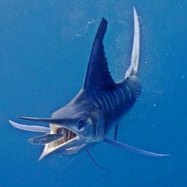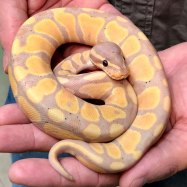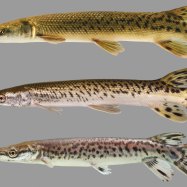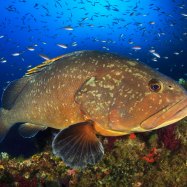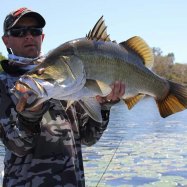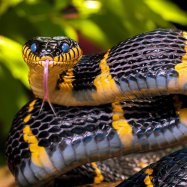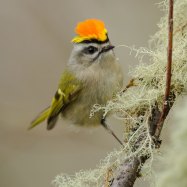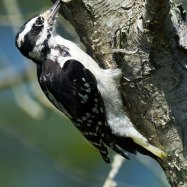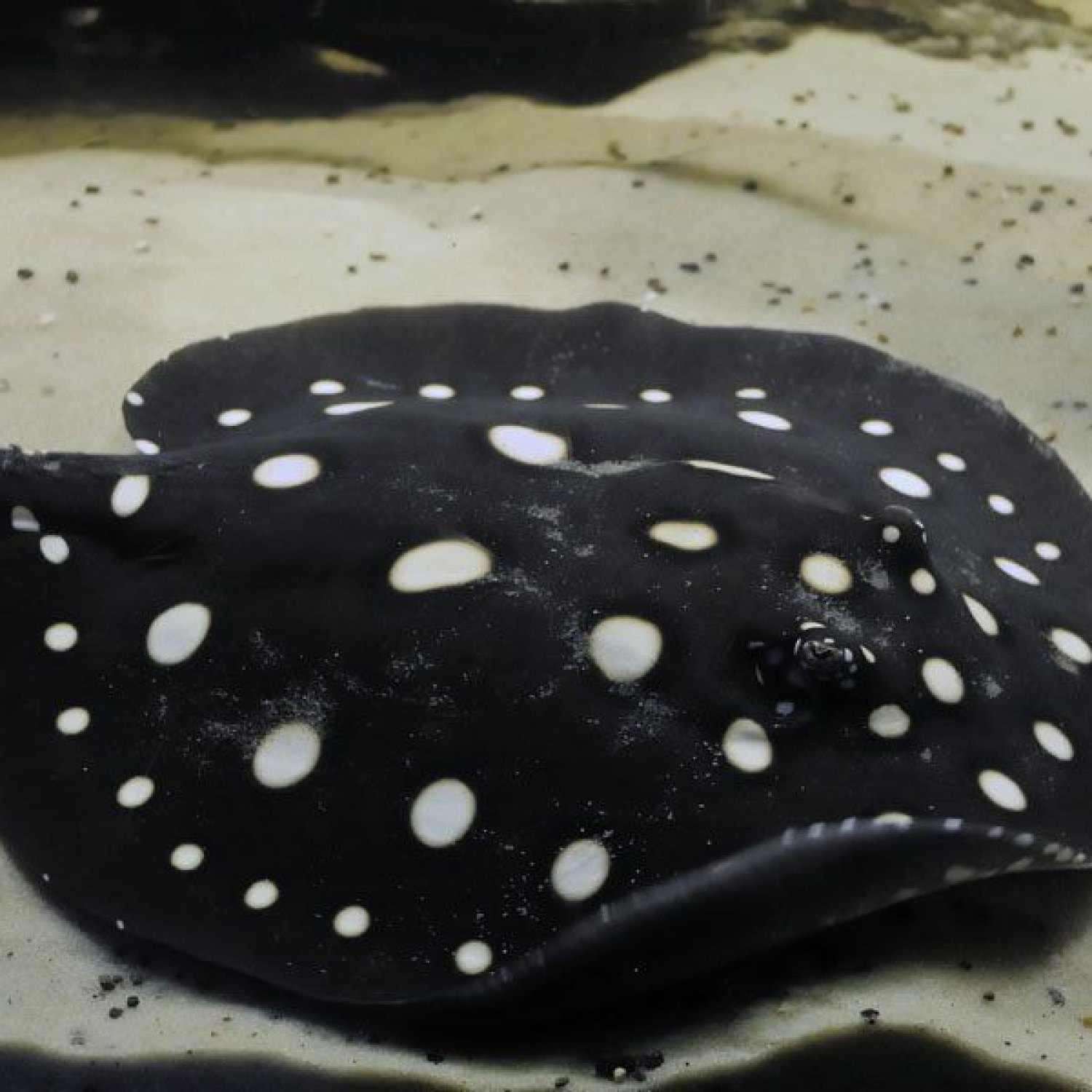
Xingu River Ray
Up to 73 cm (28.7 in)
The Xingu River Ray, found in the Xingu River, can reach up to 73 cm in length and belongs to the family Potamotrygonidae. Its body shape is flattened and disc-shaped. With its unique appearance and docile nature, this beautiful animal is a favorite among aquarium enthusiasts.
Animal Details Summary:
Common Name: Xingu River Ray
Kingdom: Animalia
Habitat: Freshwater rivers
The Xingu River Ray: A Fascinating and Rare Freshwater Creature
The Amazon rainforest is known for its vast diversity of flora and fauna, and one of the most fascinating creatures found in its waters is the Xingu River Ray. This freshwater species, scientifically known as Potamotrygon leopoldi, is commonly referred to as the Xingu River Ray due to its origin and preferred habitat in the Xingu River basin in Brazil. With its unique physical characteristics and behavior, this ray has captured the attention and curiosity of many researchers, making it a popular subject for scientific studies.An Introduction to the Xingu River Ray
The Xingu River Ray belongs to the kingdom Animalia, phylum Chordata, and class Chondrichthyes, which includes Elasmobranchs like sharks and rays Xingu River Ray. It is a member of the family Potamotrygonidae, making it a freshwater ray, unlike its marine relatives. As its name implies, it is found in the Xingu River, which is located in the Amazon basin, and is considered one of the largest tributaries of the Amazon River. Its body shape is flattened and disc-shaped, which is a common characteristic of rays, allowing them to easily glide through the water without much effort.Appearance and Body Structure
The Xingu River Ray is a sight to behold with its beautiful coloration and unique spots. Its body is usually dark brown or black in color, with yellow spots or rings spread all over its disc-like shape. This coloration acts as a natural camouflage, blending in with the river's muddy bottom, making it difficult for predators or prey to spot it. However, its most distinctive feature is its long tail, which can stretch up to 73 cm, almost as long as its body length.This species' average body length is around 50 cm, but it has been recorded to grow up to 73 cm, making it one of the largest freshwater rays. Its disc-shaped body can also reach a width of up to 30 cm, giving it an impressive size Xenoceratops. The Xingu River Ray has a unique body structure, with two spiracles, gill slits, and a row of seven gills on its ventral side, allowing it to efficiently breathe underwater. It also has a flattened head, small eyes, and a pointed snout, making it easy to spot in the river's murky waters.
Habitat and Distribution
As the name suggests, the Xingu River Ray is found exclusively in the Xingu River basin in Brazil, specifically in the Xingu River and its tributaries. These rivers are characterized by their dark, muddy waters, which are rich in minerals and nutrients, making it an ideal habitat for this species. They are known to inhabit the deeper parts of the river, close to the riverbed, where they can easily bury themselves and camouflage.The Xingu River Ray is a bottom-dwelling species, meaning it spends most of its time on the river's floor, where it searches for food and rests. Unlike marine rays, this species does not need to swim constantly to gather oxygen, as the river's current and the spiracles on its body provide it with enough oxygen. This also allows them to stay hidden from potential predators, giving them a higher chance of survival.
Feeding and Diet
The Xingu River Ray is a carnivorous species, meaning it feeds on other animals for sustenance. Its diet primarily consists of small fish, crustaceans, and mollusks found in the Xingu River. This ray uses its powerful jaws and specialized teeth to crush the shells of its prey, making it easy to digest. It also has electroreceptive sensors on its underside, which helps it locate and capture prey in the dark, murky waters.Interestingly, researchers have found that the Xingu River Ray has a unique feeding behavior, as they are known to spit out their food. It is believed that this behavior is a way for them to filter out unwanted debris from their food, making it easier to swallow.
Conservation Status
The Xingu River Ray is currently listed as Endangered by the International Union for Conservation of Nature (IUCN). Its limited and specific range in the Xingu River basin, combined with the increasing human activity in the area, poses a significant threat to its survival. Activities such as deforestation, water pollution, and dam constructions have greatly impacted the Xingu River's ecosystem, ultimately affecting the ray's habitat and food sources.Another major threat to this species is overfishing, as it is highly prized in the aquarium trade due to its unique appearance. This has led to a decline in its population, and if not carefully monitored, it could lead to its extinction in the near future.
Role in the Ecosystem
Every creature plays a crucial role in maintaining the balance of an ecosystem, and the Xingu River Ray is no exception. As a predator, it helps control the population of its prey, ensuring that there is a healthy balance in the river's food chain. It also serves as a food source for larger species, such as caimans and river dolphins, further emphasizing its importance in the Amazonian ecosystem.Research and Conservation Efforts
The Xingu River Ray has captured the attention of many researchers and marine biologists, and ongoing studies on this species have shed light on its biology, behavior, and ecology. The São Paulo State University in Brazil has been conducting research on this species since 1987, with a focus on its feeding and reproductive behaviors. Other conservation efforts include the creation of protected areas and regulations on fishing and trade of this species.Conclusion
In conclusion, the Xingu River Ray is a rare and fascinating freshwater creature that is unique to the Amazonian region. From its beautiful coloration and spots to its unique feeding behavior, this species continues to captivate the minds of researchers and nature enthusiasts around the world. However, with its declining population and increasing threats, it is essential to raise awareness and take immediate action to protect and preserve this crucial part of the Amazon's ecosystem. As we continue to explore and discover the wonders of our planet, let us ensure that we do so responsibly, with the well-being of all creatures in mind.

Xingu River Ray
Animal Details Xingu River Ray - Scientific Name: Potamotrygon leopoldi
- Category: Animals X
- Scientific Name: Potamotrygon leopoldi
- Common Name: Xingu River Ray
- Kingdom: Animalia
- Phylum: Chordata
- Class: Chondrichthyes
- Order: Rajiformes
- Family: Potamotrygonidae
- Habitat: Freshwater rivers
- Feeding Method: Carnivorous
- Geographical Distribution: Xingu River basin in Brazil
- Country of Origin: Brazil
- Location: Xingu River
- Animal Coloration: Dark brown or black with yellow spots
- Body Shape: Flattened and disc-shaped
- Length: Up to 73 cm (28.7 in)

Xingu River Ray
- Adult Size: Around 50 cm (19.7 in)
- Average Lifespan: Unknown
- Reproduction: Oviparous
- Reproductive Behavior: Males have claspers to fertilize the female's eggs
- Sound or Call: No known sound or call
- Migration Pattern: Unknown
- Social Groups: Solitary
- Behavior: Semi-nocturnal, burrows in the riverbed during the day
- Threats: Habitat destruction, overfishing
- Conservation Status: Data Deficient
- Impact on Ecosystem: Plays a role in the aquatic food chain
- Human Use: Kept in home aquariums
- Distinctive Features: Leopard-like pattern on its back
- Interesting Facts: One of the world's most expensive freshwater ornamental fish
- Predator: No known predators
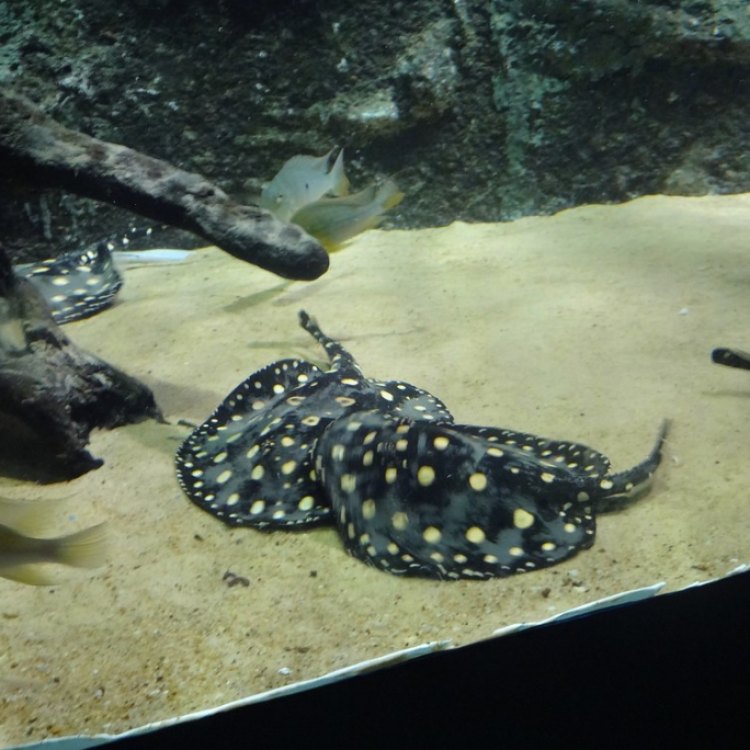
Potamotrygon leopoldi
The Elusive Xingu River Ray: A Rare and Valuable Gem of the Amazon
The Amazon River basin is home to some of the most diverse and fascinating aquatic species in the world. Among them, one stands out for its unique characteristics and captivating beauty – the Xingu River Ray.With an adult size of around 50 cm (19.7 in), the Xingu River Ray may seem relatively small compared to other aquatic creatures in the Amazon PeaceOfAnimals.Com. But what it lacks in size, it makes up for with its striking appearance and intriguing behaviors. Let's dive deeper into the world of this mysterious ray and uncover its secrets.
The World of the Xingu River Ray
While little is known about the average lifespan of the Xingu River Ray, one thing is for sure – it is a critically endangered species. Its reproduction habits, migration patterns, and social groups remain largely unknown, leaving scientists and researchers with a limited understanding of this incredible creature.What we do know is that the Xingu River Ray is an oviparous species, meaning it reproduces by laying eggs. Interestingly, it is the males who have claspers to fertilize the female's eggs, a behavior commonly seen in other ray species.
Unfortunately, the Xingu River Ray does not make any sound or call, making it even more challenging to track and study its behavior. However, studies have shown that this species is mostly solitary, with little interaction among individuals, except during the breeding season.
The Xingu River Ray has also been observed to be semi-nocturnal, preferring to burrow in the riverbed during the day Xiongguanlong. This behavior not only allows it to hide from potential predators but also helps it conserve energy for its hunting and mating activities at night.
Threats to the Xingu River Ray
Like many other species in the Amazon, the Xingu River Ray faces multiple threats to its survival. Habitat destruction, primarily due to dam construction and deforestation, is one of the most significant concerns for this species. As their riverbed homes are destroyed, Xingu River Rays struggle to find suitable habitats, reducing their chances of survival.Another significant threat to the Xingu River Ray is overfishing. This species is found in the Xingu River, which is a popular spot for commercial fishing. As a result, their numbers have significantly decreased in recent years, putting them at risk of extinction.
Conservation Status and Impact on Ecosystem
The International Union for Conservation of Nature (IUCN) has categorized the Xingu River Ray as Data Deficient, meaning there is not enough information available to determine its conservation status accurately. However, based on their limited sightings and declining numbers, it is believed that this species is critically endangered.The Xingu River Ray may be an elusive and enigmatic creature, but it plays a vital role in the aquatic food chain. As predators, they help control the population of small fish and crustaceans, maintaining a healthy balance in their ecosystem.
Xingu River Rays in Human Use
While the Xingu River Ray may not be well-known outside of the scientific community, it is a prized and highly sought-after species in the aquarium trade. With its leopard-like pattern on its back, this ray is a true gem, making it one of the most expensive freshwater ornamental fish in the world.As a result, the demand for Xingu River Rays in the aquarium trade has significantly contributed to their declining numbers in the wild. Despite their high value, little research has been conducted on breeding this species in captivity, making it challenging for captive-bred rays to replace those taken from their natural habitat.
The Xingu River Ray: A Treasure Worth Protecting
The Xingu River Ray may be a small and mysterious creature, but its value and importance cannot be overstated. As a species, they face numerous threats to their survival, and it is up to us to take action and protect them from disappearing altogether.Governments and local communities must prioritize measures to conserve this species and their habitat. This includes maintaining healthy river systems and regulating commercial fishing activities to ensure sustainable practices. It is also crucial for the aquarium trade industry to support and promote captive breeding programs to reduce the demand for wild-caught Xingu River Rays.
As individuals, we can also play a crucial role in the conservation of the Xingu River Ray by being responsible pet owners. Before purchasing any aquatic species, we must research and choose those that are not endangered and can thrive in captivity. By doing so, we can reduce the demand for wild-caught Xingu River Rays and help preserve their population in the wild.
In conclusion, the Xingu River Ray is a true treasure of the Amazon, with its unique characteristics and significant role in the ecosystem. As guardians of our planet, it is our responsibility to protect and preserve this beautiful and enigmatic species for generations to come. Only then can we truly appreciate and celebrate the extraordinary diversity of life in the Amazon.
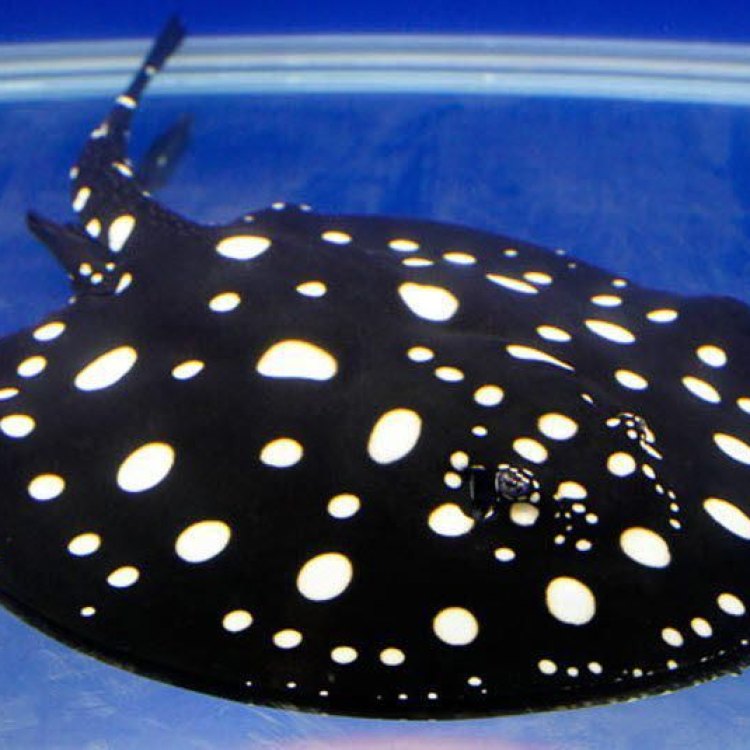
The Xingu River Ray: A Fascinating and Rare Freshwater Creature
Disclaimer: The content provided is for informational purposes only. We cannot guarantee the accuracy of the information on this page 100%. All information provided here may change without prior notice.

